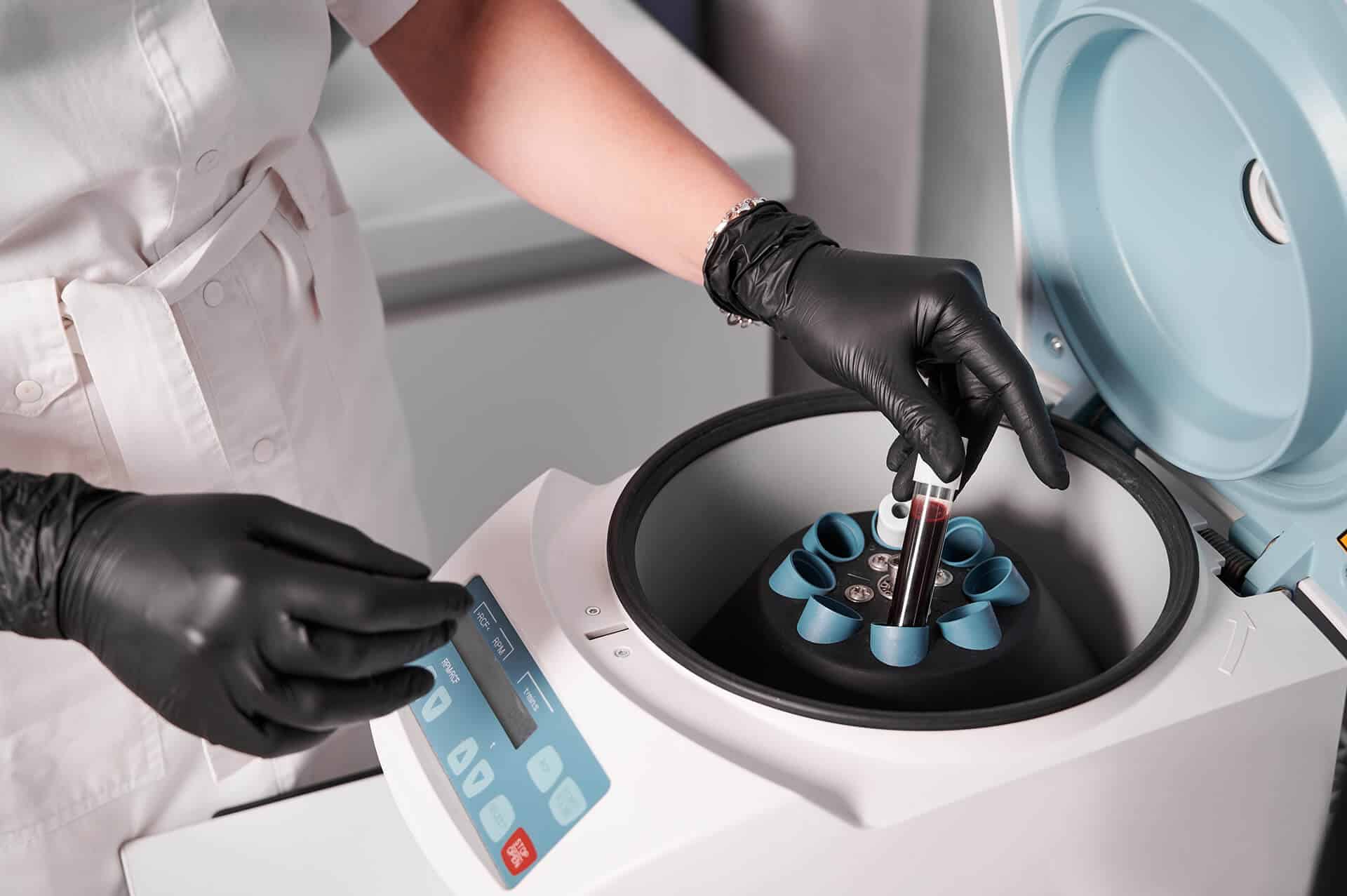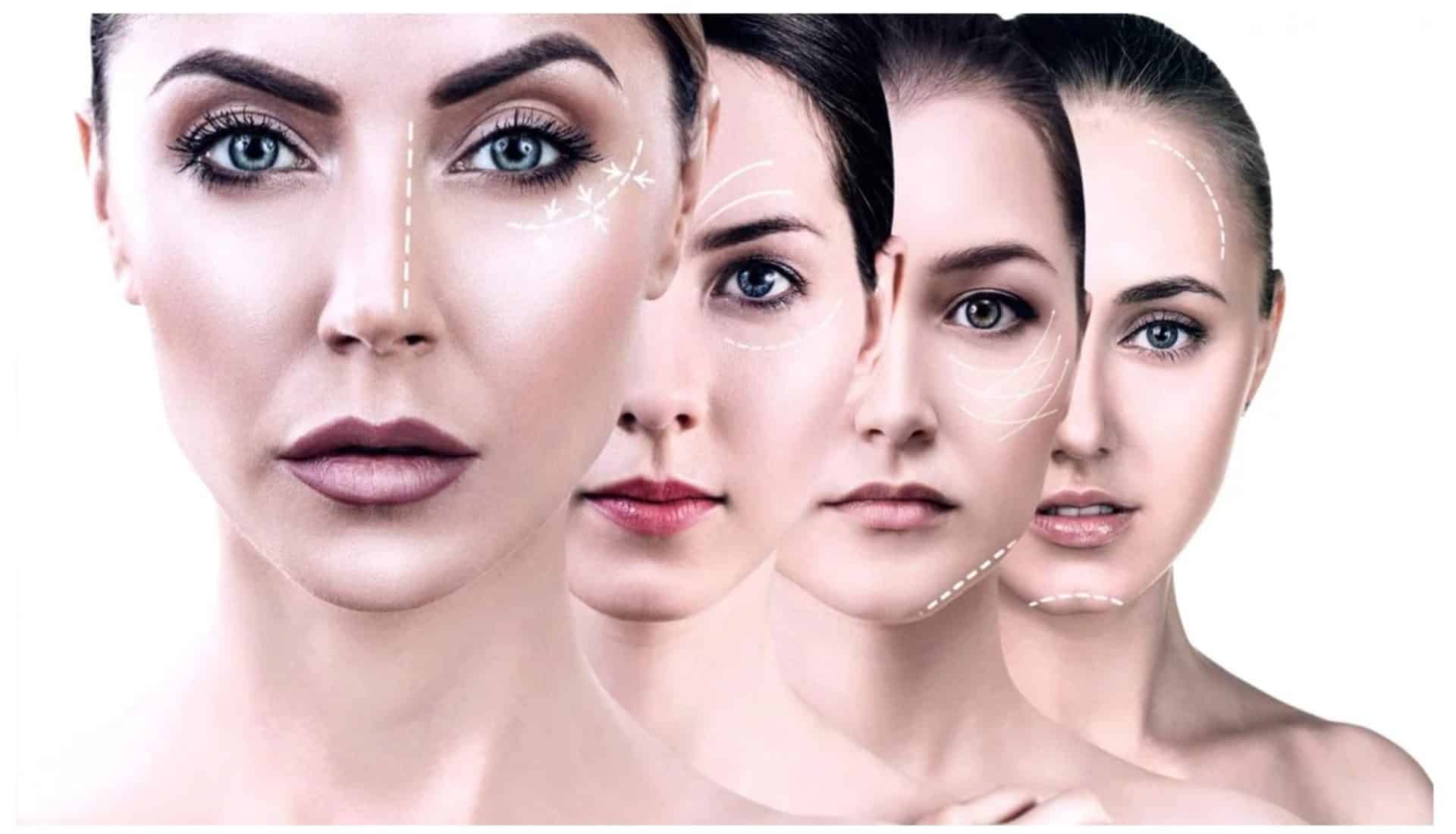PRP therapy, also known as Platelet-Rich Plasma therapy, is becoming an increasingly popular treatment option in Malaysia for patients suffering from joint and knee discomfort. The patient’s own blood is used in this non-invasive method to speed up the healing process and lessen their level of discomfort. Here are some pre-, during-, and post-procedure steps to take into consideration if you are thinking about getting PRP treatment for your knees and joints.
The Situation Ahead of the Treatment
Get in touch with a qualified practitioner: It is absolutely necessary to get in touch with a practitioner who is both licensed and skilled, and who specializes in PRP therapy. They will assess your illness, look over your past medical records, and determine whether or not you are a good candidate for the treatment based on what they find.
Talk to your practitioner about any medications you’re currently taking. You should let your practitioner know about any medications you’re currently taking, including supplements and over-the-counter medications. Before beginning therapy, it is possible that you will be required to halt the use of some medications for an interim period.
Quit smoking: Because smoking can have a negative impact on your body’s ability to heal, it is highly recommended that you quit smoking before beginning therapy.
During the Course of the Treatment
Collection of blood: The medical professional will usually take a sample of your blood from your arm.
Blood processing: After the blood sample has been collected, it is placed in a centrifuge to undergo processing. This step separates the platelets from the other components of the blood.
Injection: At this point, the platelet-rich plasma that has been concentrated is administered into the injured joint or knee.
Following the Administration of:
In order to give the injected platelet-rich plasma (PRP) time to work its healing magic, you will need to rest the injured joint or knee for a few days after the treatment.
Avoid vigorous activities: For at least a week after the treatment, you should steer clear of any activity that could be considered strenuous, such as exercise or lifting heavy objects.
Follow-up appointments: Your practitioner can suggest that you go to follow-up appointments so that they can monitor your progress and figure out whether or not you need any extra treatments.
For these processes, you can consider Nexus Clinic to guide you along the process.
After Treatment
Take measures to manage the discomfort and swelling: After the procedure, some patients may have some slight pain and swelling. You can relieve the pain caused by this condition by placing cold packs on the affected area and, if necessary, taking over-the-counter pain medication.
It is crucial to keep a healthy lifestyle in order to support your body’s natural healing processes. Although PRP joint and knee therapy can provide long-lasting relief, it is still important to maintain a healthy lifestyle in order to do so. This involves avoiding unhealthy behaviors like smoking and drinking too much alcohol, as well as engaging in regular physical activity and maintaining a healthy diet.
In Concluding Remarks
PRP joint and knee therapy in Malaysia is a risk-free and highly efficient method that can relieve pain in the joints and knees and speed up the healing process. You can assist ensure that the therapy will have the greatest possible effect and will stay as long as possible if you follow these PRP procedures before, during, and after it. Always seek the advice of an experienced professional, and make sure to act on their suggestions, if you want the finest possible outcomes. Nexus Clinic is here for you.








